Ghana has a dynamic power sector, featuring 27 power plants and an annual production of approximately 22,051 gigawatt-hours (GWh). The country exports
around 1,734 GWh of electricity, with transmission losses accounting for 5 percent of the total electricity transmitted. With a significant portion of the urban population (95 percent) having access to electricity, Ghana’s overall electricity access rate stands at 87 percent. The Electricity Company of Ghana (ECG) serves about 79 percent of the total customer population, which amounts to 5,426,242.
In terms of electricity generation, Ghana relies primarily on hydro and thermal sources. In 2021, hydro contributed around 34.1 percent of the total power generated, while thermal sources ac- counted for 65.3 percent. Renewables made up a smaller portion at 0.55 per- cent.
Thermal fuel power sources play a significant role in Ghana’s energy land- scape, contributing to the country’s elec- tricity generation capacity. Among these sources, natural gas stands out as the largest contributor, boasting a capacity of 2,070 MW. Complementing natural gas, liquid gas adds to the thermal fuel mix with a capacity of 68 MW. Diesel generators also play a role, contributing 335 MW to the power generation ca- pacity. Additionally, the use of crude oil in power generation provides 700 MW of capacity, while heavy fuel oil (HFO) generators contribute another 400 MW to the total power capacity.
In addition to thermal fuel sources, Ghana also utilises other renewable en- ergy sources to diversify its energy mix. Solar power, with a capacity of 124 MW, represents one of these renewable sourc- es. Bioenergy sources, contributing 20 MW to the renewable energy capacity, further enhance Ghana’s energy port- folio. These renewable sources, along with thermal fuel options, collectively contribute to Ghana’s efforts to meet its energy needs while also transitioning
24 towards more sustainable and environmentally friendly power generation methods.
Despite a total installed capacity of 5,481 megawatts (MW) as of 2021, challenges such as shifting hydrological conditions, insufficient fuel sources, and ageing infrastructure limit actual availability. According to USAID, actual availability rarely exceeds 2,400 MW.
The Ghana Grid Company (GRIDCo) serves as the backbone of the country’s power transmission network, oversee- ing all transmission activities. With a network of 68 substations as of 2021, GRIDCo plays a pivotal role in stepping down voltages to 34.5 kV and 11 kV. These stepped-down voltages are then distributed to existing electricity distrib- utors, including the Electricity Compa- ny of Ghana (ECG), Northern Electric- ity Distribution Company (NEDCo), and Enclave Power Company (EPC). By managing the transmission infra- structure and ensuring efficient distribution to these distributors, GRIDCo plays a crucial role in maintaining a reli- able and stable electricity supply across the country.
Ghana’s electricity distribution land- scape is primarily served by three key utilities, two of which are state-owned – Electricity Company of Ghana (ECG) and Northern Electricity Distribution Company (NEDCo) – while the third, Enclave Power Company (EPC), oper- ates under private management. ECG, a government-controlled limited li- ability company, holds sway over elec- tricity distribution and supply across six southern Ghanaian zones: Ashanti, Central, Eastern, Greater Accra, Volta, and Western. Responsible for procur- ing electrical energy in bulk from power generators, ECG channels this energy to consumers situated in the southern regions, covering approximately 90 per- cent of the public distribution loads as of the close of 2021.
On the other hand, NEDCo was estab- lished under the umbrella of the Volta River Authority’s initiatives to extend the 161 kV transmission grid to the northern territories of Brong-Ahafo, Northern, Upper East, and Upper West Regions. This utility plays a critical role in electricity distribution within these regions, ensuring access to reliable pow- er supplies to meet the needs of the local population and industries.
Operating within the Tema Free Zones Enclave, EPC serves a niche market by supplying electricity to approximately 50 industrial companies. As a private entity, EPC contributes to the develop- ment of the industrial sector within the enclave, facilitating the operations and growth of various industrial ventures through reliable and efficient power supply services.
Tariff revenue in Ghana’s electricity sector is structured around regulated tariffs set by the Public Utilities Regu- latory Commission (PURC). These tariffs, outlined in four schedules, gov- ern the charges levied on consumers for their electricity usage. The revenue generated from these tariffs comprises several components, including the Composite Bulk Generation Charge (CBGC), Transmission Service Charge (TSC), and Distribution Service Charge (DSC). Additionally, statutory levies and charges, such as the Value-Added Tax/ National Health Insurance Levy, Public Lighting, National Electrification Levy, and Power Factor Surcharge, contribute to tariff revenue.
Government subsidies also play a signif- icant role in shaping the tariff structure and ensuring affordability for consum- ers. These subsidies come in various forms, including social subsidies appli- cable to all lifeline consumers (Subsidy I) and subsidies for consumers within the 0-150 units’ electricity consumption category (Subsidy II). Furthermore, spe- cial subsidies are provided to selected mines and steel companies to sup- port their operations and ensure their contribution to the national economy. These subsidy measures help mitigate the financial burden on consumers and promote access to electricity for all seg- ments of society, while also supporting strategic industries critical to Ghana’s economic development.
INVESTMENT OPPORTUNITIES
• Off-grid power solutions for rural customers who lack access to and can- not afford electricity.
• Establishment of transmission enti- ties to compete with GRIDCo, the sole transmission entity in the country, and to replace neglected infrastructure.
• Establishment of private distribu- tion entities to compete with EPC, the only private entity distributing energy in Ghana.
• Ghana has consistent sunlight through the year, making it viable to rely on solar energy for its electricity de- mands.
To improve the financial health of the power sector, [Ghana] has through its Ministry of Finance (a) completed the Energy Sector Validation Audit and adopted a time bound payment plan to clear intra-sectoral legacy debt as indicated in its letter dated October 18, 2023; and (b) in its letter dated June 21, 2023 mandated, that: (i) the Cash Waterfall Mechanism be the sole means through which the Electricity Company of Ghana, Ltd. customer collections be disbursed to relevant entities; and (ii) details of the inflows and outflows of the payments through a single collection account be published on a monthly basis on PURC’s website; and be independently audited on a quarterly basis; and (c) PURC has published on its website the new Cash Waterfall Mechanism guidelines. [Ghana], through its Ministry of Finance, has operationalised a quarterly payables settle- ment mechanism to clear intra-sectoral payables, and has remained on track with the implementation of the payment plan to clear legacy debt.
Source: Ghana First Resilient Recovery Development Policy Financ- ing. Produced by the World Bank Group. https://documents1.worldbank.org/curated/ en/099122123140098673/pdf/BOSIB12746a5cc0271aa221597a- d685a122.pdf


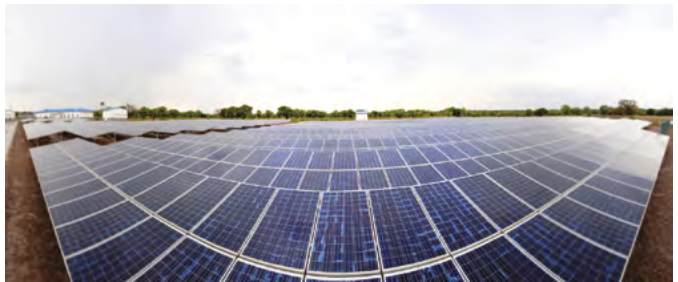
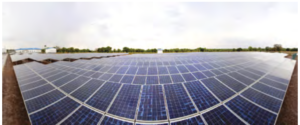
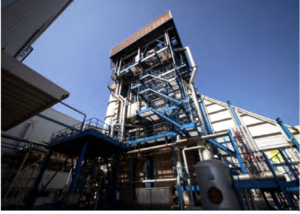


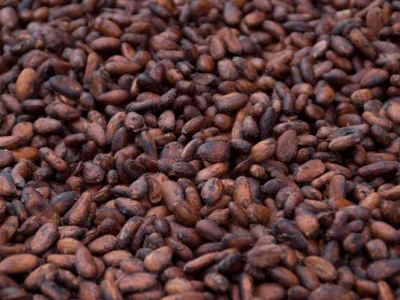


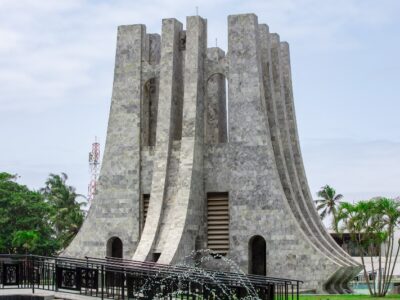





Comments